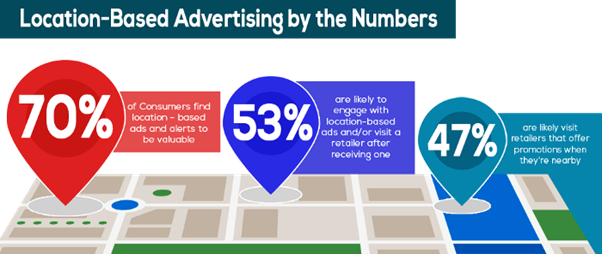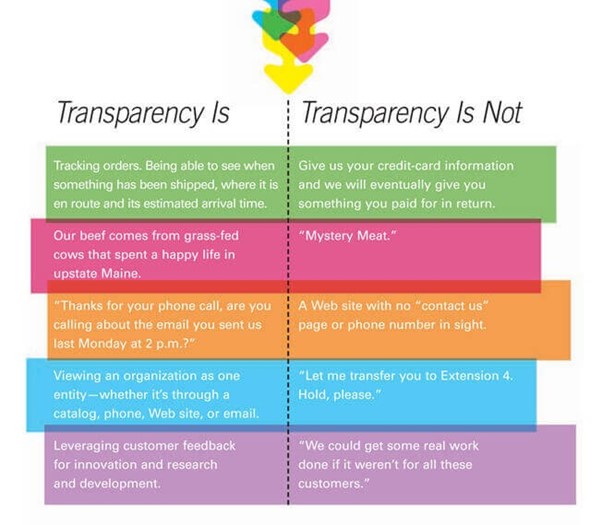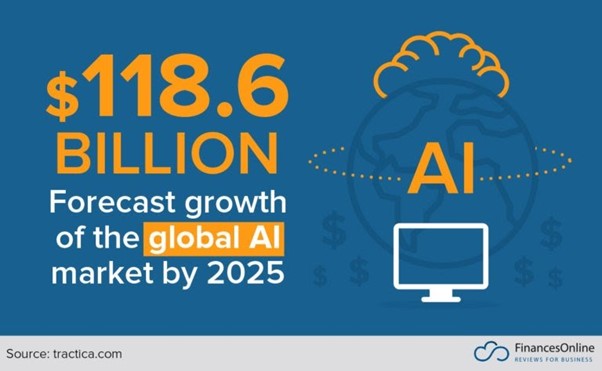9 Customer Experience (CX) Trends For 2020
2020 has been a chaotic year, but the demand for a quality customer experience is still on the rise.

Customer Experience Trends for 2020
Customers and businesses interact in order to exchange money, time, attention or something else of value for products and services. But on top of these exchanges, there exists a whole range of more subtle interactions, which come to form what we call customer experience (CX).
CX is what keeps a customer engaged with a business beyond the initial transaction that started the relationship, assuming the experience was a positive one. In contrast, negative CX will push customers away in search of a better deal. But what constitutes a positive CX, and how can businesses provide them?
CX is subject to change over time, and the patterns of these changes are what we call Customer Experience trends. Providing a positive CX involves keeping track of these trends, analysing them, and adjusting your customer service operation to match them. These adjustments can be internal, such as modifying your marketing tech stack by adding a new tool, or external, such as changing your content strategy for social media.
To help you understand the current state of CX and how to leverage it to achieve better business outcomes, we present 9 customer experience trends that are making rounds in 2020.
1. Contextual Real-Time Engagement
Context is essential for generating engagement which, in turn, translates into better positive CX. And in today’s fast-paced business environment, context is defined in real-time. What this means is that customers tend to respond well to businesses that can address their needs, wants and desires in real-time.
To address the need for real-time engagement, businesses are endeavouring to provide in-the-moment responses to customer actions. Examples include real-time location-based recommendations, which notify customers about the best possible course of action depending on where they are, what they’re doing online and how they behaved in the past.
2. Ultra-Personalisation
Personalisation and CX are intrinsically linked. Customers tend to respond better to business proposals when they are addressed directly, and they are more likely to take up the offer if it has been customised in advance, based on their preferences. Not only that, but customers also expect businesses to reach out to them via their preferred channel for communication depending on the type of transaction they’re interested in.
In order to provide ultra-personalised CX, businesses are scrambling to gather as much data as possible. This includes internal data such as transaction histories, chat logs, personal information, website activity, public data such as trends and statistics, and privately commissioned research.
3. Omni-Channel Customer Service
The debate about what is the most effective customer service channel is officially over – the answer is: all of them together. This is because focusing on a single channel, or a couple of channels together is no longer viable in an age where customers switch channels on the fly and expect the same level of service on each.
While it is possible to administer multiple service channels manually by hiring a large customer service staff, realistically you’ll want to manage your customer service in a centralised way. This makes CRM software essential for omni-channel customer service.
4. Emphasis on Transparency
Modern-day customers have many means at their disposal to scrutinise how companies behave, what their values are and how they treat customers. This means it is no longer possible to maintain brand reputation by keeping quiet about these matters unless pushed to do so by public outcry. Instead, businesses now have to embrace transparency in order to get on the customers’ good side.
The requirement to be transparent is not necessarily something businesses should fear. Instead, they should treat it as an opportunity to showcase their value to customers, partners and society at large.
Imaginovation explained transparency really well with their graphic:
5. Cyber-Security and Responsible Data-use
Technological progress in the digital age is a double-edged sword. On one hand, technologies such as AI, the Internet of Things, or VR make it possible to create amazing CX. On the other hand, these technologies can also be used for malicious ends, such as hacking customers, stealing their data and scamming them. Businesses that don’t follow proper cyber-security procedures are often the vector by which these attacks are conducted.
To protect customers from such attacks, companies have to use customer data in a responsible manner. This makes it essential to store data in an encrypted format, test websites and applications for bugs and security holes, and perform regular cyber-security audits within organisations.
6. Virtual Assistants
Virtual assistants are nothing new technologically-speaking, but their use in customer-facing functions such as CX is on the rise. There is something to be said about the novelty of interacting with digital systems using everyday language, but the main reason customers like interacting with virtual assistants is because it’s often faster than talking with a live service rep. And forward-thinking businesses are trying to meet the demand for these experiences.
Chatbots are the industry standard when it comes to virtual assistant deployment. Implement one by focusing on simple interactions where customer needs are easy to understand.
7. AI-Powered Analytics
Insights derived from customer data are essential for providing quality CX. And in order to derive insight from data, businesses are increasingly relying on AI. AI systems powered by deep learning algorithms can find patterns in customer data that are easy to miss, but which might play a crucial role in determining how they behave.
AI works best in conjunction with large datasets, which used to mean that only large enterprises could afford using them. Today, however, the availability of public datasets and commercial-grade AI tools, means even mid-sized and small businesses can leverage AI for CX.
8. Self-Service Options
Younger generations of customers including Millennials and Gen Z are tech-savvy enough to do their own research online and figure out solutions for the problems they have. If you force these cohorts to go through established customer service channels they might feel you’re wasting their time. In order to address this, businesses are increasingly providing self-service options as a viable means of delivering customer service.
The most direct way to offer self-service is by simply creating content that explains how to solve problems your customers are having. Once you have enough content, you can create a knowledge-base and simply forward customers to it. A step further would involve creating a specialised tool as a supplement to your services, so customers can do everything on their own.
9. Internet of Things
Thanks to 5G network adoption, the Internet of Things is finally becoming a reality in 2020. High-volume data-streaming from any internet-connected devices means that companies now have a means of gathering real-time data about customers. This data allows them to provide positive CX in practically any context or situation.
To leverage IoT for CX, companies are trying to understand the role internet-connected devices play within the customer journey. They’re following it up by developing novel features that can leverage these devices to create better experiences.
Succeeding With CX
2020 has been a chaotic year so far, but the demand for quality CX is still on the rise. In general, there are many exciting customer experience trends in the digital world, most of them based on disruptive technologies such as AI and Big Data. Staying on top of these is essential for providing good CX in the ever-changing landscape that is the modern B2C and B2B market.
Really Simple Systems is now Spotler CRM
The same great technology, a CRM platform that is focused on the needs of B2B marketers, provided by the same great team, at a great price!


